Automatic language translation
Our website uses an automatic service to translate our content into different languages. These translations should be used as a guide only. See our Accessibility page for further information.
We understand that if you're visiting somebody in prison for the first time, you might be anxious about the experience or unsure of what visitors can and cannot do. The following information will help you prepare and increase the chance of your visit being a positive experience.
Correctional centres enforce strict conditions of entry. This includes a dress code. If you fail to abide by the dress code, the correctional centre may deny you entry or terminate your visit. So, please read the following guidelines carefully:
Individual correctional centres may have additional rules regarding the visitor dress code. Please check the page for the correctional centre you will be visiting for more information.
Correctional Services New South Wales (CSNSW) follows a strict privacy policy designed to protect the personal information that we collect from visitors. Your personal information helps us to ensure your safety, as well as the safety of staff members and offenders at CSNSW facilities.
CSNSW securely stores any information collected as part of the body scanning process described on this page, including your images. Your information will not be given to anyone unless authorised or required by law.
You can ask to access your personal information by emailing infoandprivacy@dcj.nsw.gov.au.
Visitors must not bring prohibited items such as guns, knives, alcohol and syringes into a correctional centre or onto a correctional complex. This includes the visitor car park. Visitors must leave their cigarettes and mobile phones in secure lockers provided at each centre. Corrective Services has dogs trained to detect prohibited items.
If staff have a reasonable suspicion that a visitor may be carrying prohibited items, the visitor may be asked to remove their outer clothing. If a child is accompanying the visitor, the child’s outer clothing, such as jacket, hat and shoes may need to be removed. CSNSW staff are not permitted to conduct strip searches or physically remove any clothing from visitors including children.
As part of a general search, visitors may be asked to:
CSNSW staff are permitted to detain a visitor if prohibited items are found, in which case the police may be called to conduct further enquiries or searches, including strip searches.
All family visitors entering a correctional centre will be subject to body scanning. Legal professionals and contractors are not scanned.
CSNSW has a policy of full body x-ray scanning for the safety and security of staff, inmates and visitors in correctional centres, as enabled by the Crimes (Administration of Sentences) Regulation 2014.
A full body x-ray scanner produces an image of the whole body to reveal items that may be concealed.
Staff will instruct you on how to undergo the body scanning process. For an effective and efficient scan, you will be asked to remove shoes, jackets, and bulky outerwear.
Below are examples of how you, your baby or small child will be scanned.
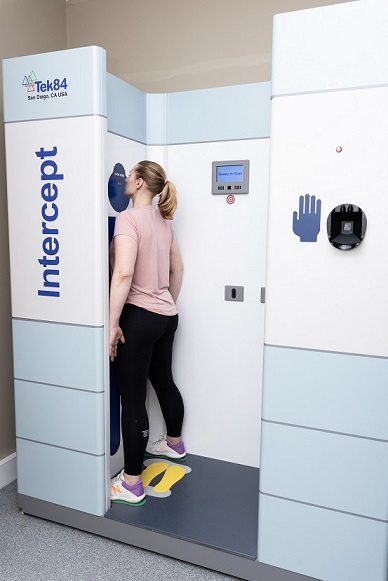
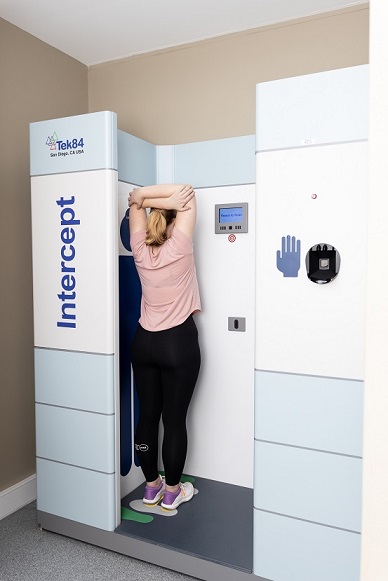
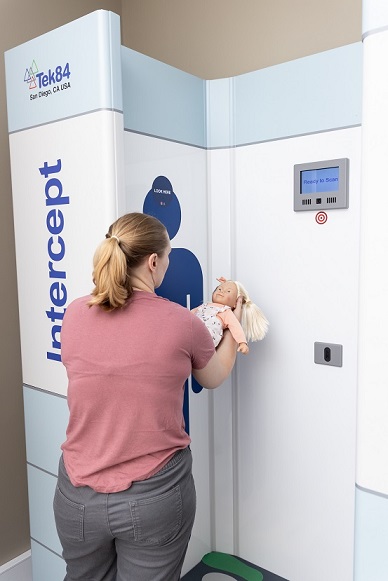
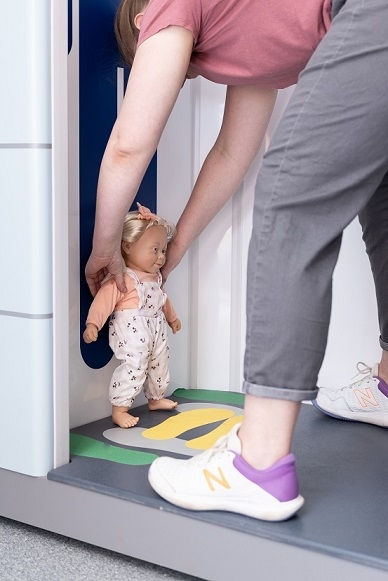
There is no medical reason why you can’t be screened using a body scanner.
You can still be body scanned even if you:
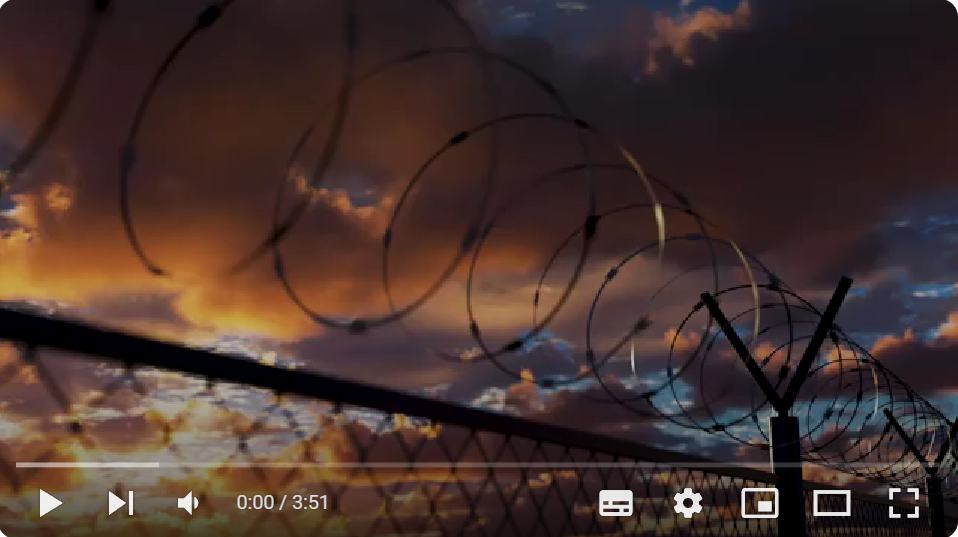
A demonstration of how Corrective Services NSW conducts visitor x-ray scans
A demonstration of how Corrective Services NSW conducts visitor x-ray scans
Corrective Services New South Wales is using full body x-ray scanners to detect contraband on persons entering a correctional centre. A detection of contraband will allow Corrective Services to enhance the safety and security of correctional centres for staff, visitors and inmates. Further information is also available on the department's internet page.
Full body x-ray scanners produce an image of the whole body to show items that may be concealed by a person.
A person scanned will be exposed to a very low dose of radiation.
The environmental protection authority (EPA) sets out the maximum dose that a person may be exposed to. The radiation dose that comes from a body scan with the type of a body scanner Corrective Service in New South Wales uses is extremely low and is comparable to a number of routine activities in the community there is no medical reason why a person cannot be screened using the body scanners.
Before you are body scanned you will be required to remove your jacket or bulky outerwear to make sure the most effective scan is achieved.
If a visitor refuses a body scan or contraband is detected a contact visit may be refused. The visitor may be offered a non-contact box visit if one is available the visitor may be required to undergo an alternative screening method or maybe refused entry to the correctional centre. Visitors may elect to visit an inmate via audio visual link (AVL).
If a visitor is over 18 years of age they may be registered in the body scanner biometrically using their palm and personal details.
If the visitor is under 18 years of age they will be registered using their personal details.
All persons operating a body scanner must be trained in radiation safety, image analysis, privacy awareness and hold a current radiation user license that has been issued by the environmental protection authority.
A CSNSW officer will advise you that you will be undergoing a full body x-ray scan and if you have any items of contraband or unauthorized property that you wish to declare you will be asked to confirm your name date of birth and visitor index number or VIN. Your photograph will be taken and you may have your palm registered this is to make sure your identity is confirmed and records are retained.
Once you have been registered you will be directed to step up into the full body x-ray scanner you will be asked to remain still while the full body x-ray scan takes place. Your scan image will be assessed for any signs of contraband. If the image is cleared and there are no signs of contraband you will be advised to proceed full body x-ray scanning information including scans and dosage data will be stored for seven years. This information is securely stored and can only be accessed by authorised persons. It will not be shared with any third parties unless lawfully authorized or required to do so. De-identified scanned images may be used for training purposes.
Information about how to request records held by CSNSW can be found on the department's internet page at www.justice.nsw.gov.au/contact-us/access-to-information.
Scanning is safe, exposing individuals to a minimal dose of radiation. The dose received from one security body scan is 1,000 to 10,000 times less than a common medical x-ray procedure. The Environmental Protection Authority (EPA) in NSW sets the maximum amount of radiation exposure a person may receive in accordance with the Protection from Harmful Radiation Act 1990 No 13 and Protection from Harmful Radiation Regulation 2013.
Visitors have the right to refuse the security screening process. If you refuse to be body scanned, you may be asked to leave the correctional centre. If available, you may be offered a non-contact box visit as an alternative, and would be screened using an alternative method.
For further information, read the Full body x-ray scan factsheet for visitors (PDF, 863KB) or contact the correctional centre directly.
CSNSW has banned smoking for staff, inmates and visitors at all NSW correctional centres. This means that cigarettes, tobacco and other smoking-related items, such as matches, lighters and e-cigarettes, will be banned from prisons and treated like all other contraband. Visitors must not smoke on the premises, including in correctional centre car parks.
Last updated:
We acknowledge Aboriginal people as the First Nations Peoples of NSW and pay our respects to Elders past, present, and future.
Informed by lessons of the past, Department of Communities and Justice is improving how we work with Aboriginal people and communities. We listen and learn from the knowledge, strength and resilience of Stolen Generations Survivors, Aboriginal Elders and Aboriginal communities.
You can access our apology to the Stolen Generations.